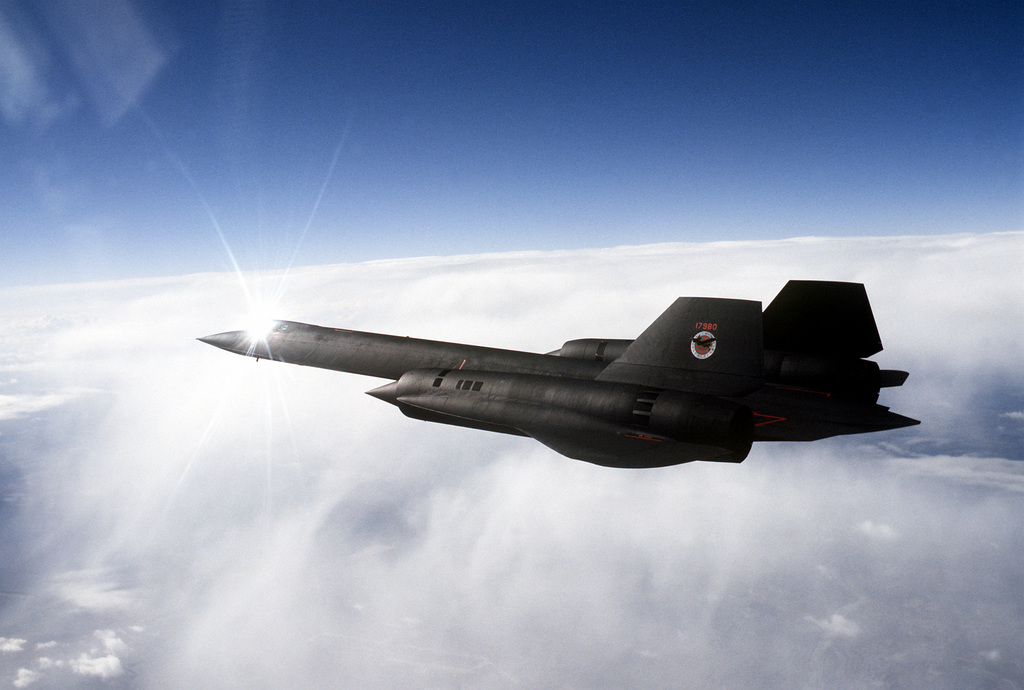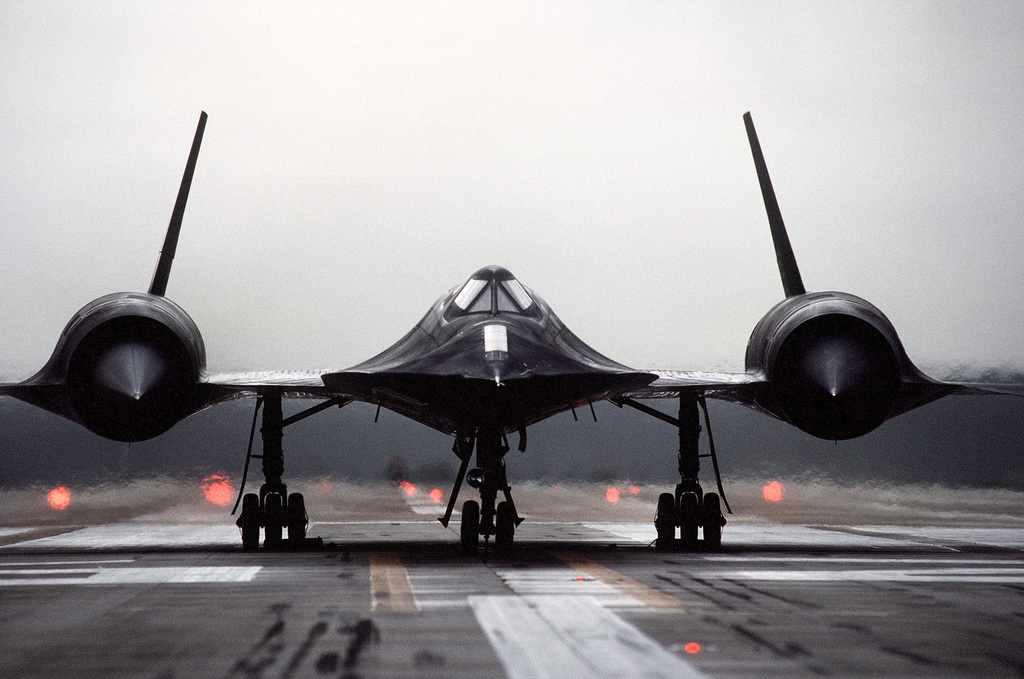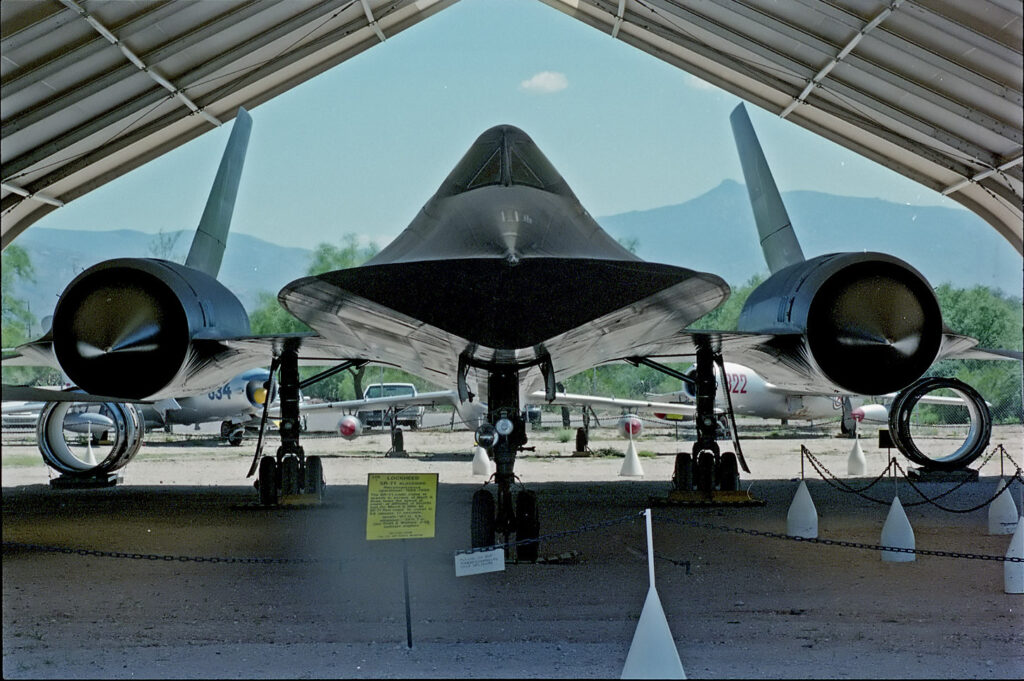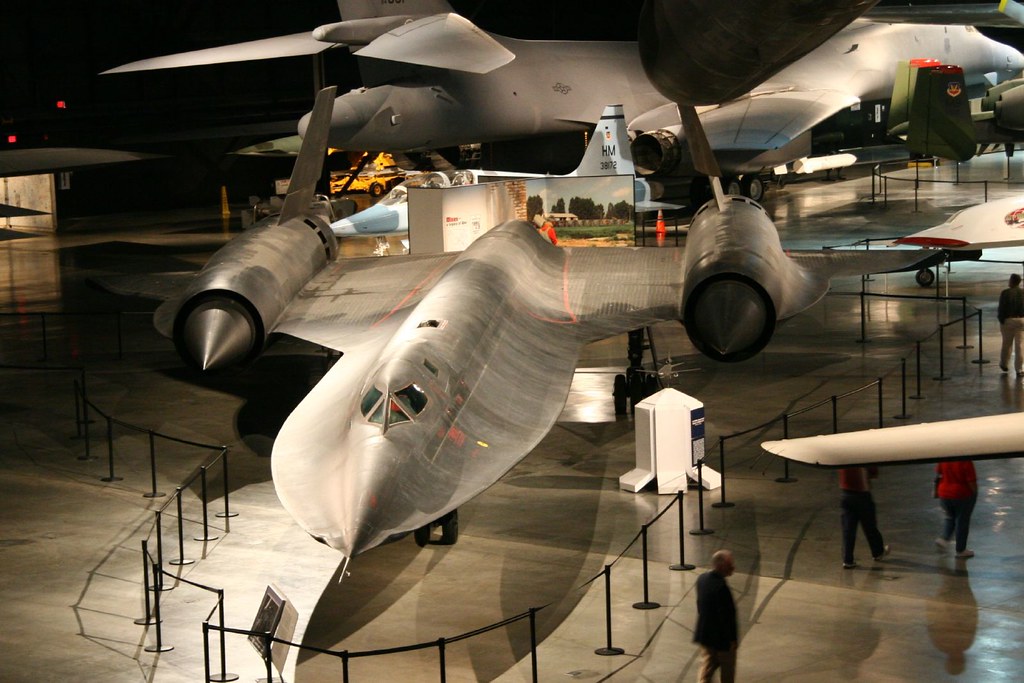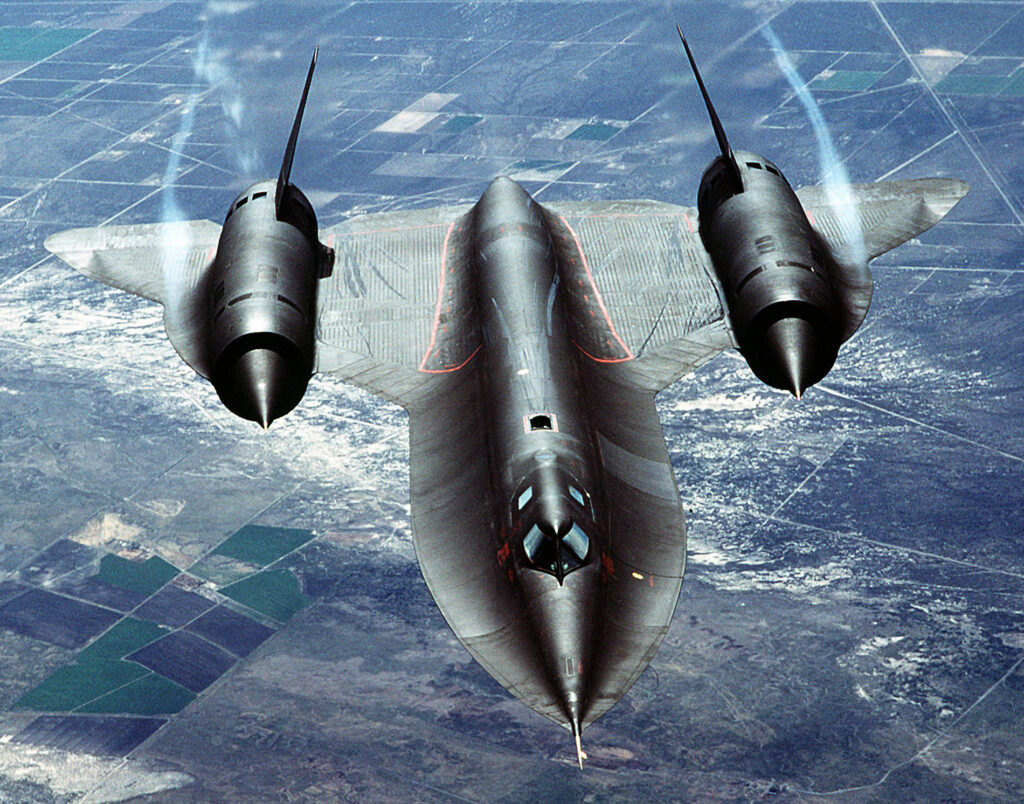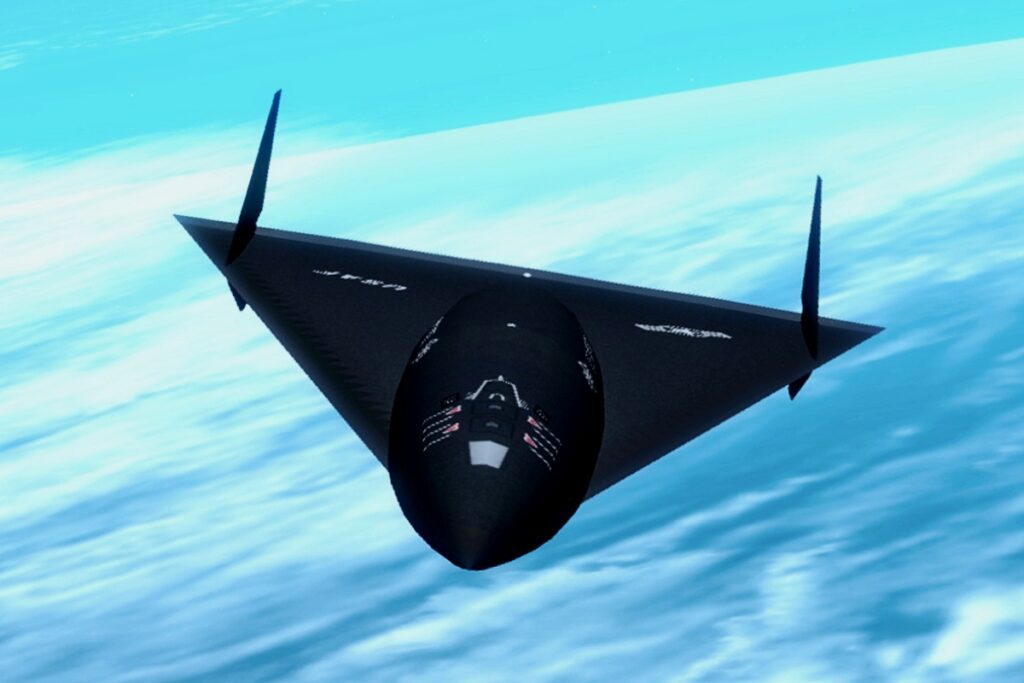
The SR-91 Aurora, colloquially known simply as Aurora, was a codename assigned to a hypothetical United States reconnaissance aircraft believed to possess the capability of hypersonic flight, reaching speeds of Mach 5 or greater. Speculations surround its development in the late 1980s or 1990s, with the intention of replacing the outdated and financially burdensome SR-71 Blackbird.

In May 2006, a British Ministry of Defence report mentioned USAF plans to develop a Mach 4-6 supersonic vehicle but thus far there has been no conclusive evidence that such a vehicle exists operationally. Some believers in the Aurora craft say that it was canceled as a platform, to free funds for Top Secret unmanned aircraft and reconnaissance satellites that can perform the same role, without risk to crewmen.
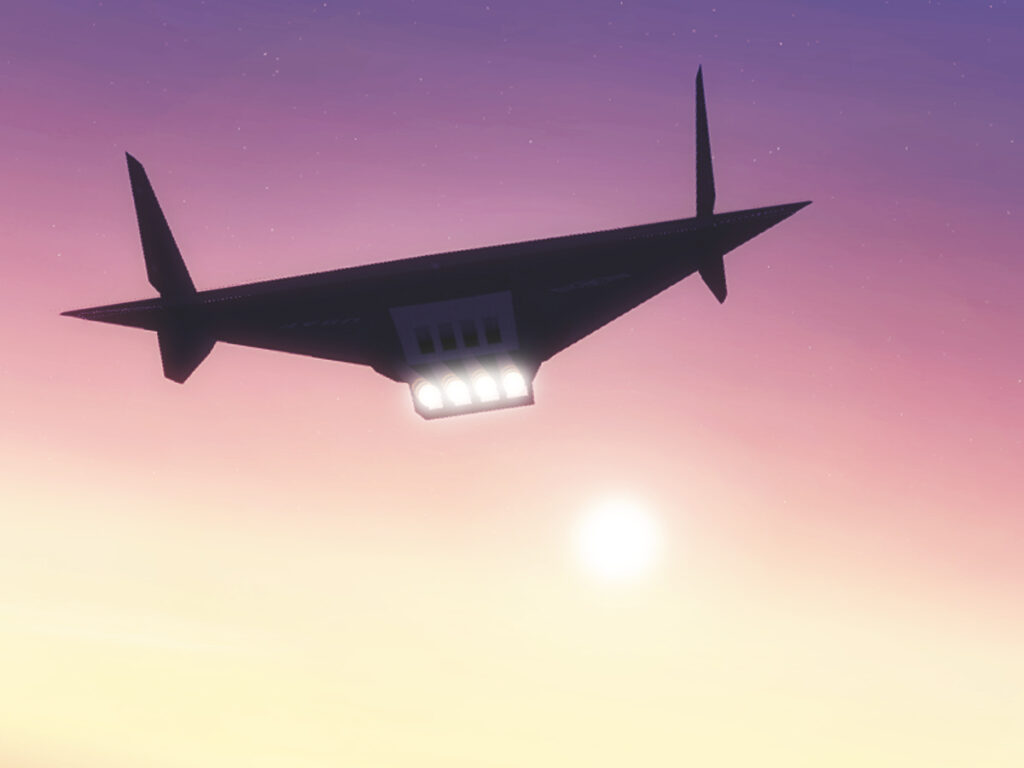
The question ultimately begging is: Does the US Air Force or America’s intelligence agencies have some kind of hypersonic craft capable of Mach 6 performance as a secret payload? Increasing evidence points to this possibility. Recently, one of the more notable pieces of evidence to this claim concerns the sighting of a triangular aircraft over the North Sea in August of 1989 by oil exploration engineer Chris Gibson. Even more speculation about Aurora’s existence has arisen from the “sky quakes” that have been heard over Los Angeles since the early ’90s and were traced back to the spooky Groom Lake (Area 51) installation in Nevada.
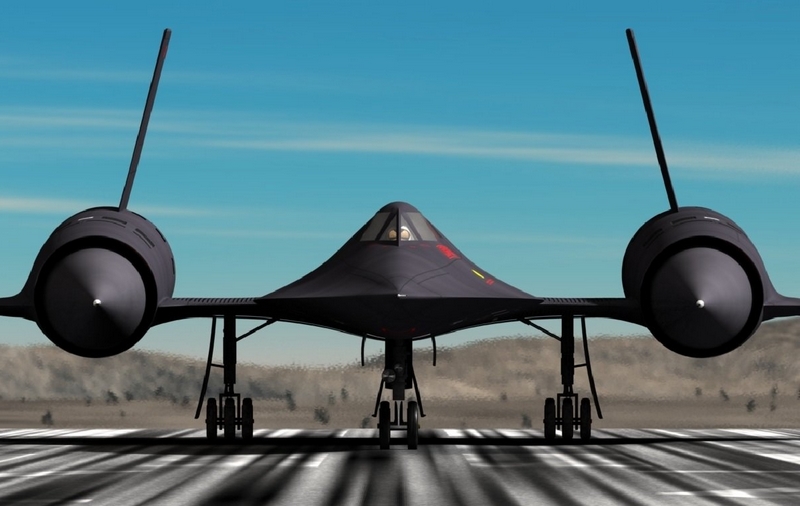
The name “Aurora” came into wide use when a budget report for 1985 listed it among the SR-71 Blackbird and U-2 beneath the italicized heading “Aurora”. Even if this was the project’s actual name, it would likely have been changed after such a compromise.
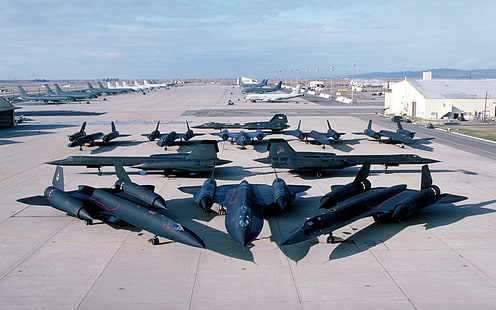
It is hidden like the real name and existence of the plane, analogous to what happened to the F-117a stealth fighter, kept close to the chest for over a decade after the first pre-production test flight up until the recent un-classified publishing of information. The Aurora is a special access program, a black program, commonly referred to as such.

The first real evidence of it, was March 6, 1990, when a Lockheed SR-71 Blackbird jet broke the official airspeed record in flying from Los Angeles to Washington’s Dulles Airport. That incident also sealed the SR-71’s retirement, citing an official policy and financial savings from the line-of-command operational budget of $200 – $300 million annually. But its failure to fight the aircraft’s retirement, and the fact that it reportedly squelched any congressional attempt to revive the program, also clearly made the office an accomplice. Aurora may be the key to the disappearance of the SR-71.
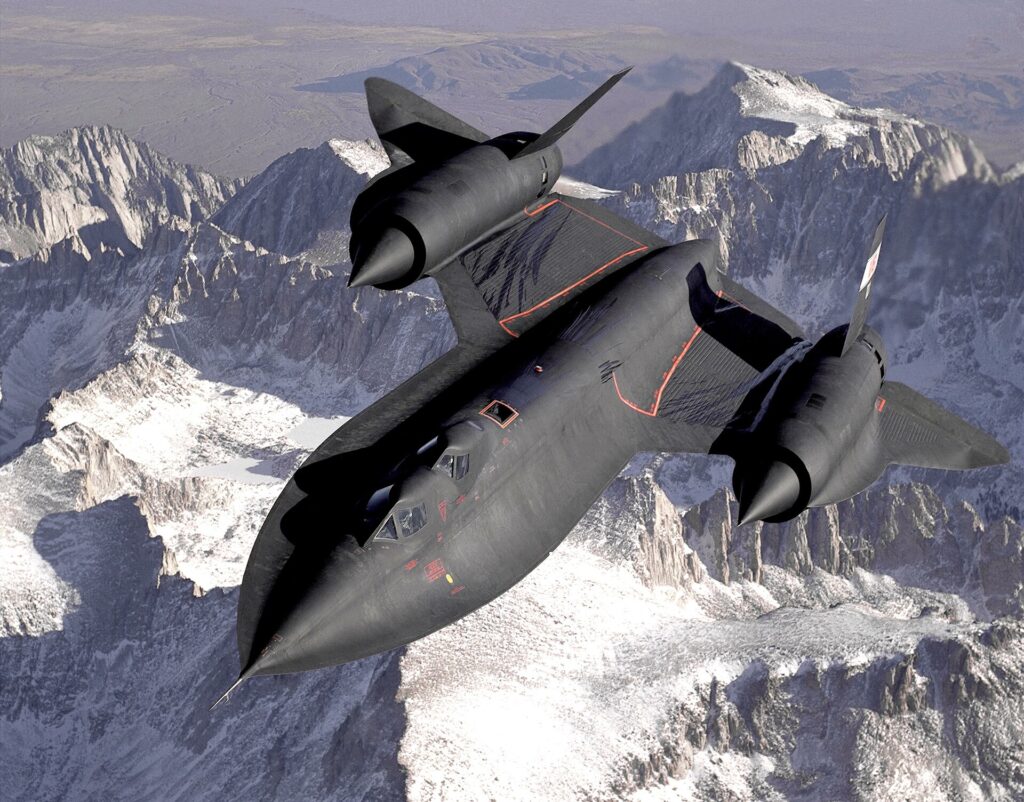
Public testing of such a radically new type of aircraft is monstrously expensive and logistically forbidding, not only in design and development but in the provision of a secret test location. The balance of the evidence indicated that Aurora’s primary test site is the pre-existing facility of Groom Dry Lake in Nevada, which hosts the most secretive proving ground in America’s elite. Comparing images of Groom Lake from the 1970s and today, enormous expansions are revealed: a six-mile-long lake-bed runway, which is twice the length of the longest normal runways in the United States. This long runway has to support airplanes with really high minimum speeds at flying and be optimized for way high maximum speeds.
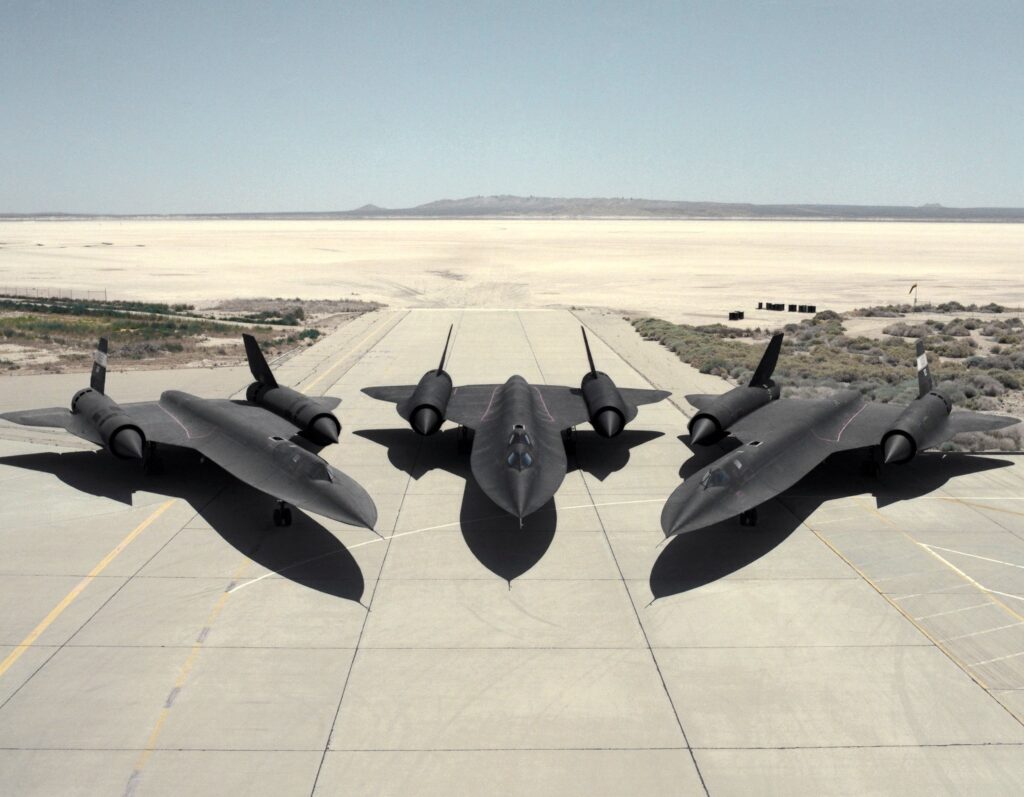
It is almost certain that the prime contractor for the SR-91 Aurora aircraft would be Lockheed’s Skunk Works, now the Lockheed Advanced Development Company. In the 1980s, for example, financial analysts noted that Lockheed was pursuing several high-dollar classified projects, but could only find a scant few projects that added up to the large amounts of money that seemed to be going into the company. Skunk Works has the singular distinction of being able to execute billion-dollar, high-risk programs under the shroud of an unparalleled level of secrecy while still meeting its commitments continually.
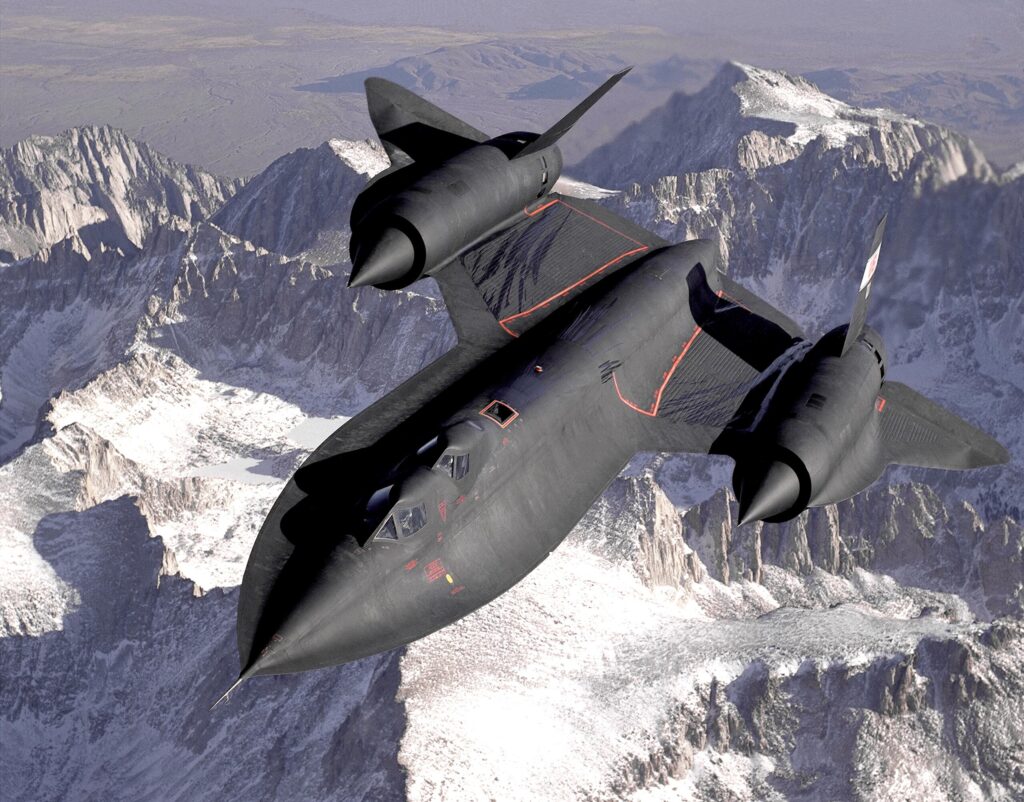
Aviation writer Bill Sweetman in 2006 said “20 years of examining budget ‘holes,’ unexplained sonic booms, and the Gibson sighting help establish the program’s initial existence.” Sweetman’s investigations continue to uncover evidence suggesting current activity, including a $9-billion “black hole” in the Air Force operations budget that seems a perfect fit for a project like Aurora.

The enigmatic SR-91 Aurora, with some tantalizing clues but few coherent, balances between outright proof of its existence and one of the most intriguing mysteries in modern military aviation.
Related images you might be interested.
